The road to the stars. The crisis of modern cosmonautics
I believe, friends, caravans of rockets
Rush us forward from star to star.
On the dusty paths of distant planets
Our tracks will remain.
But NASA astronauts are at risk of getting stuck on Earth forever. Due to financial difficulties, a difficult situation has developed around the “flagship program” of the American Space Agency. The situation is complicated by the lack of a coherent strategy for space exploration at NASA: after the cessation of the “Shuttle” flights, the experts did not come to a single decision on the topic of manned space flights. Who will deliver American astronauts to orbit in the near future? Perspective Orion program, commercial projects, such as the cargo space ship "Dragon" or the elderly "Soyuzy-TMA" of Roscosmos? Or maybe it is worth to abandon manned launches altogether - objectively, at the present stage of technical development, there is no need for finding a man in space, automata cope with all tasks perfectly.
Over the years of its existence 55 NASA has managed to spend 800 billion dollars for space research, much of which went to the so-called "flagship program" (flagship). The flagship program is a reason for pride for all of humanity. Over the years, under its auspices, the Voyager missions (outer regions of the solar system), Galileo (working in Jupiter’s orbit), Cassini (research of the Saturn system) were carried out - flagship missions are complex and extremely expensive, because such launches are not more often once a decade. In recent years, the “flagship” was the heavy rover MSL (Mars Science Laboratory, aka “Curiosity”). 6 August 2012, the “jet crane” gently lowered the MSL onto the surface of the Red Planet, and NASA thought about what they should do next?
So, so ... the next year we are given 17 billions ... You can drill the ice shell of Europe to find out if there is a warm ocean with extraterrestrial life forms under the 100-kilometer layer of ice on the surface of the satellite of Jupiter. Or launch another heavy rover? And, maybe, by the end of this decade to send a mission to faraway Uranus?

Forecast for the coming days: http://www.heavens-above.com/IridiumFlares.aspx?lat=0&lng=0&loc=Unspecified&alt=0&tz=UCT
Research enthusiasm for NASA scientists and specialists quickly cooled the appropriations committee of the House of Representatives. The leadership of the US space agency tactfully reminded that they "" are not able to enforce schedules within the allocated budget. " Most of the questions were caused by the project of the orbital observatory to them. James Webb is a space super-telescope with a composite mirror with a diameter of 6,5 meters, which is five times more distant from the Earth than the moon (in open space, he is not afraid of distortions arising from the effects of the atmosphere and thermal radiation of our planet). At the end of 90-s, it was planned that the telescope would work already in 2011 year, and its cost would be 1,6 billion dollars. According to current estimates, James Webb will be launched no earlier than 2018, and its life-cycle cost has increased to 8,7 billion dollars!
There are no means, it is impossible to close - it is with such an aphorism that one can describe the events connected with the Webb project. In the course of the heated debates, congressmen nevertheless agreed to allocate the required amount, but forced the NASA leadership to abandon the "flagship" walks along the "paths of distant planets" - you should first finish building and launch an orbital observatory. As a result, "James Webb", in fact, not being an interplanetary mission, became the "flagship project" of NASA in the coming years.
Nevertheless, NASA has two cheaper, but no less interesting programs for exploring the solar system - Discovery and New Frontiers. Every few years, NASA announces a competition for a new interplanetary mission, in which leading US universities and research centers participate. Based on the requirements of the competition (usually the cost limit and launch date are specified in advance), the participants submit their interplanetary missions projects and explain to NASA specialists the need to study the chosen celestial body. The winner gets the right to build and launch his own spacecraft into space and satisfy his curiosity.
For example, in December 2009, the launch of the New Frontier interplanetary mission was launched, tentatively assigned to 2015-2020. Three most interesting projects fought in the final: the MoonRise mission to deliver substances from the South Pole basin to the Earth - Aitken on the far side of the moon (a proposal from the University of Washington, St. Louis), OSIRIS-Rex mission to deliver substances to the Earth from an asteroid surface (101955) 1999 RQ36 (University of Arizona, Tucson) and the SAGE Venus Surface Survey Mission (University of Colorado, Boulder). The victory was awarded to the mission OSIRIS-Rex, which will go to the asteroid in 2016 year.
In addition to the “New Frontiers”, there is an even simpler and “cheap” Discovery program worth no more than 500 million dollars (for comparison, the “flagship” MarsL rover cost the US budget 2,5 billion dollars).
Most NASA research missions are performed within the framework of Discovery. For example, last summer, launches for the 2016 year were played out. In total, 28 applications were received, among which were proposals for the landing of the descent module on Titan (the largest satellite of Saturn) and the launch of a spacecraft to study the evolution of comets. Alas, the victory went to a rather “banal” and, at first glance, less interesting InSight mission — “only” another apparatus for the exploration of Mars. Americans send vehicles each year in this direction, it seems they have big plans for the Red Planet.
In total, as of February 2013, in the outer space and in the vicinity of other planets of the Solar System there are a pleiad of NASA 10 active missions:
- MESSENGER is exploring the environs of Mercury. Despite the apparent proximity of this planet, it took the station six years of endless gravitational maneuvers to pick up the speed of 48 km / s and finally catch up with the small elusive Mercury (for comparison: the orbital speed of the Earth is 29 km / s).
- the surface of Mars diligently picks with buckets the Opportunity and Curiosity rovers (MSL). The first just a couple of days ago celebrated the anniversary - 9 earth years on the surface of the Red Planet. During this time, Opportunity crawled across the crater-covered 36 desert for kilometers.
- communications with rovers help support the Odyssey spacecraft (11 years in Mars orbit) and the Martian orbital reconnaissance aircraft (7 years on the front lines), and the Mars-Express research station of the European Space Agency.
- In 2009, the Rassvet automatic interplanetary station passed in the vicinity of Mars, heading towards the Asteroid Belt. In 2011, her rendezvous with the dwarf planet Vesta took place. Now the machine is slowly catching up with its next target - the dwarf planet Ceres, a meeting with which is scheduled for 2015 year.
- somewhere in the black gap between Mars and Jupiter, a billion kilometers wide, the interplanetary station "Juno" rushes. The planned date of Jupiter’s orbit is 2016 year.
- Cassini interplanetary station has been plowing 15 for years (since July 2004 has been spinning in Saturn orbit, the mission has been extended to 2017 of the year).
- For many years 7 is racing in the icy emptiness of the New Horizons interplanetary probe. In 2011, he left Uranus as a stern and now is “only” at a distance of 10 astronomical units (≈150 million km, as the average distance from Earth to the Sun) from his target, the planet Pluto, arrival is scheduled for 2015 year. 9 years of flight and the entire 2 of the day for a close acquaintance with a distant cold world. What an injustice! "New Horizons" will rush past Pluto at 15 km / s and will leave the Solar System forever. Next only the stars.
- Voyager-2 spaceship. Thirty-five years of flight, behind the back - the way to 15 billion kilometers. The unit is now 100 times farther from the Sun than the Earth — Voyager radio signals traveling at 300 000 km / s require 17 hours to reach remote satellite communications antennas in the state of California. 30 August 2007 of the year, the device suddenly felt that the “solar wind” verse (the flow of charged particles from the Sun) verse around it, but the intensity of galactic radiation sharply increased. Voyager-2 has reached the limits of the solar system.
Through 40 000 years, the starship will go at a distance of 1,7 light years from the star Ross 248, and through 296 000 will reach the vicinity of Sirius. Numbers in hundreds of thousands of years do not scare "Voyager-2", because time has stopped for him forever. In a million years the corps of a starship will be bent by cosmic particles, but it will still continue its lonely journey through the galaxy. In total, according to scientists' assumptions, “Voyalzher-2” will exist in space about 1 of billion years and, probably, will remain by that moment the only monument of Human civilization.
About those who were in space first
Despite the incompatible scale of the problems, the situation in Roscosmos is exactly the same as the NASA system crisis. And it's not even a matter of losing reliability when launching spacecraft, the problem lies much deeper - no one knows why we need to fly into Space at all. Space technology for Russia is like an old suitcase without a handle: it is hard to drag and throw away.
The explanations in the style of “this is necessary to strengthen the prestige of the country” do not stand up to criticism: there are more pressing problems here on Earth, the solution of which is much more important for raising the prestige of Russia than the notorious space flights.
Commercial launches and space tourism? Also by. The annual need for commercial launches is no more than two dozen per year.
The cost of the launch vehicle and maintenance of the launch pad pays off with great difficulty.
International Space Station? I am begging you! These guys for 10 years were able to invent only new diapers. To date, a sufficient amount of knowledge of space biomedicine has been accumulated, all possible and impossible experiments have been carried out in low-Earth orbit, we have learned everything that we wanted to know. More man in earth orbit nothing to do. It is necessary to boldly go forward, but for this there are no intelligible goals, no means, no necessary technologies.
We (in the sense of the human civilization of the beginning of the XXI century) are flying into space on the same jet engines on which Gagarin flew, no other promising space engines have yet been created. Fashionable now ionic engines (in fact, they were used even in 60-s in the orientation systems of the Soviet satellites) have negligible traction (less than 1 Newton!) And, despite some gains when flying to distant planets, they are not able to drastically improve the situation. So far, the 1% payload of the launch mass of the rocket and space system is considered a great result! - because any talk about the industrial development of the Cosmos, as well as about the bases for the extraction of ore on the moon, does not make sense.
Military spy satellites, satellites of global positioning systems, scientific and practical devices for exploring the Earth, studying climate and the geology of our planet, commercial telecommunication satellites-repeaters ... this is probably all that we need Cosmonautics for. And, of course, the study of distant worlds. What for? Perhaps this is the purpose of humanity.
Small photo gallery:
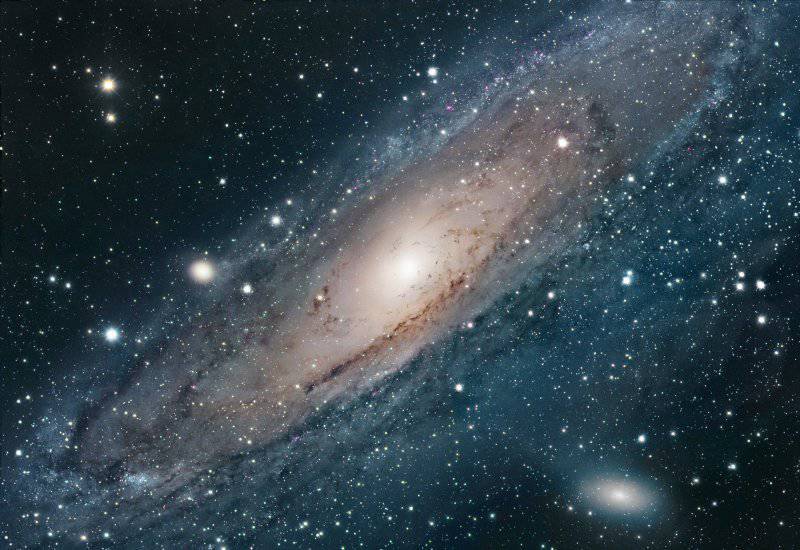
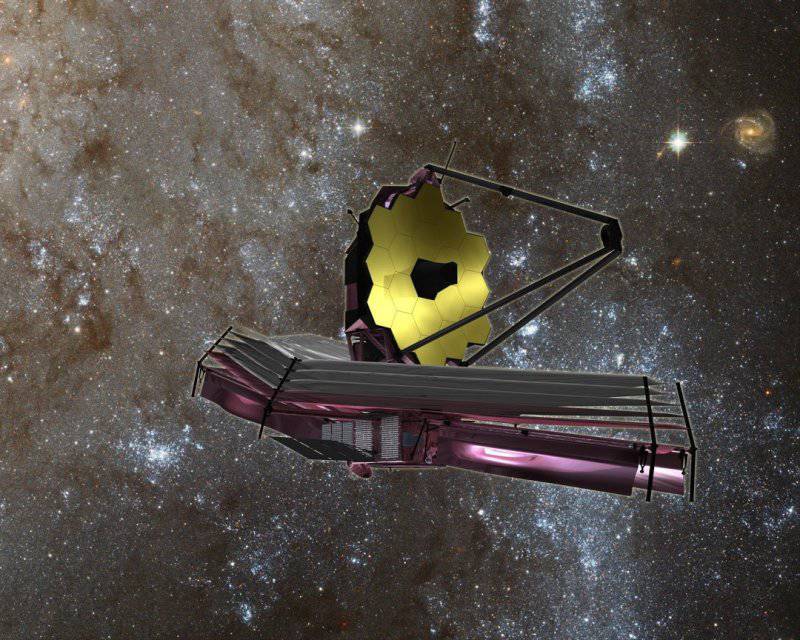
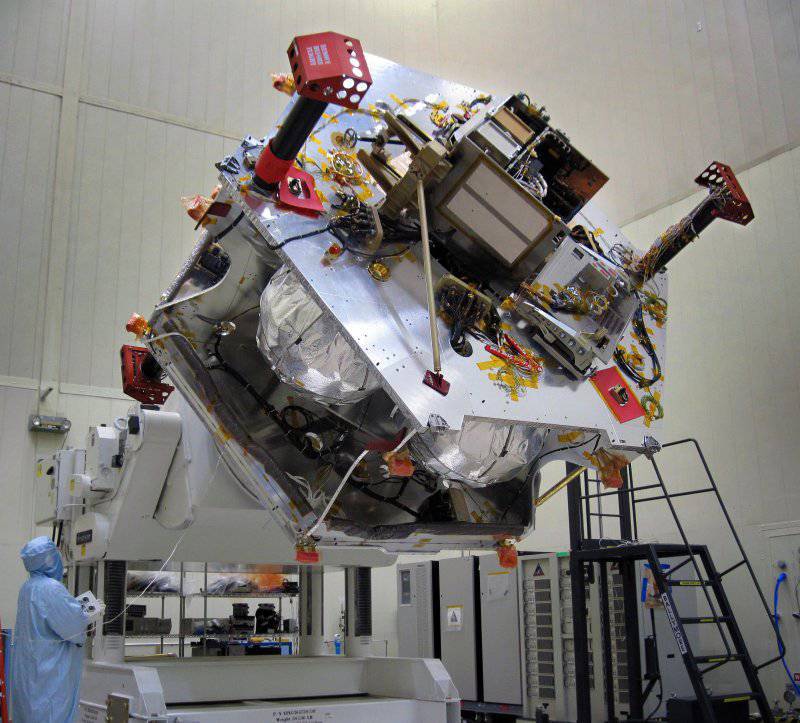
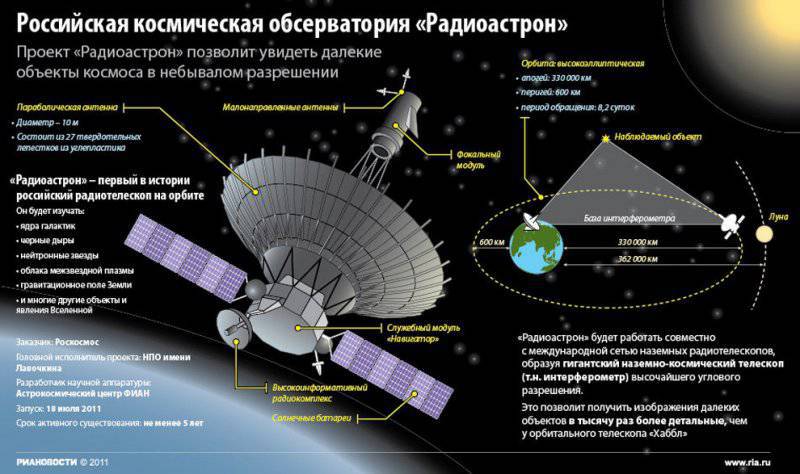
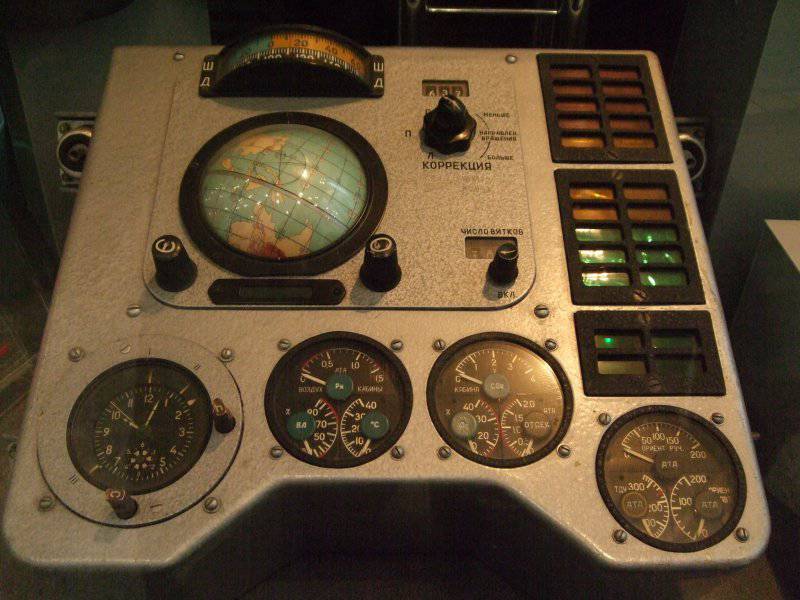
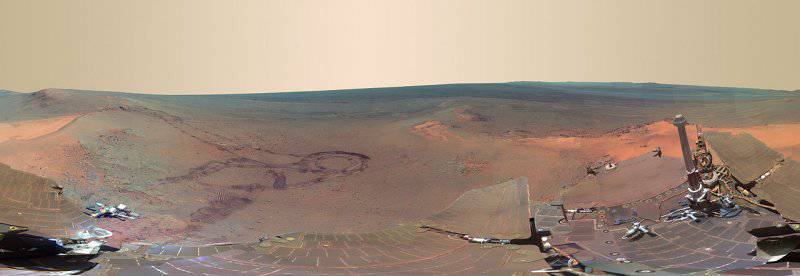
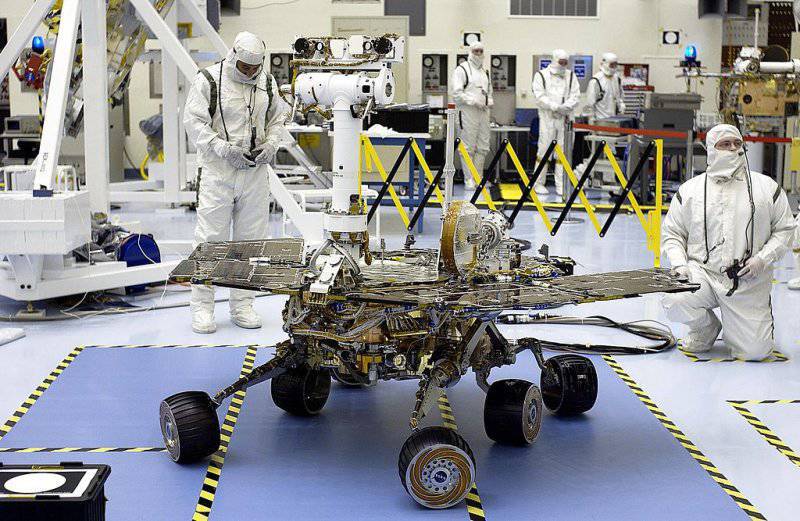
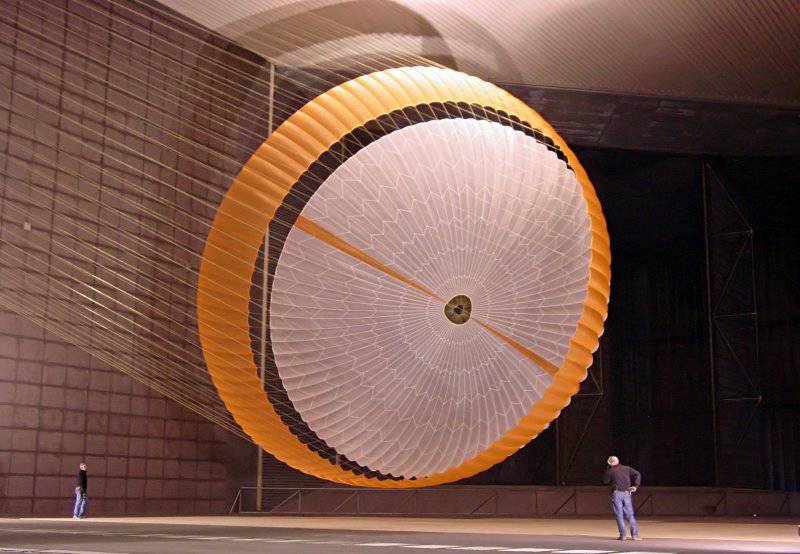
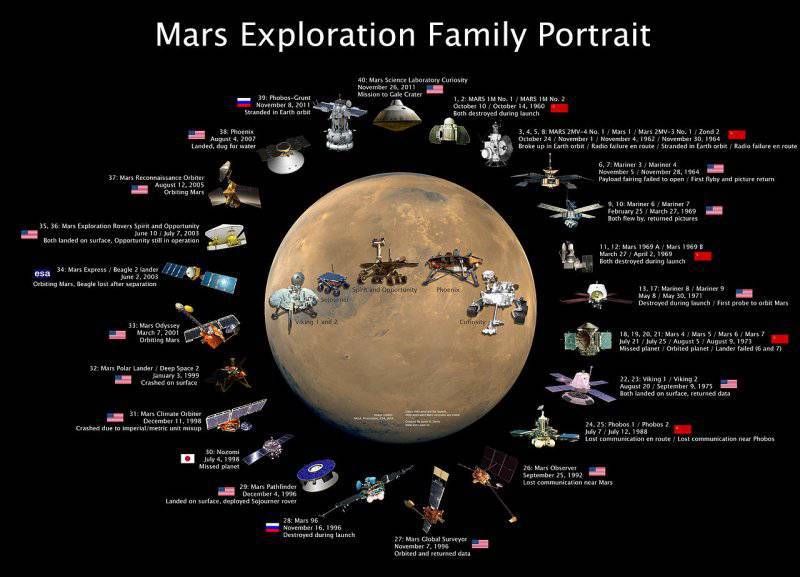
Information